Color Flow Chart
Here are professional color techniques to help with planning your spring wardrobe
Snow may still be on the ground, but spring is in the air. Now is the time to examine one’s closet and decide what will work in the coming months.
In this post are the methods used by color professionals . Much of this information is taken from Sewing Techniques from the Fashion Industry. These are the procedures color professionals use to analyze personal palettes. You can use these same methods to quickly organize your clothing for the upcoming season.
The most important single factor in one’s wardrobe is color

It’s been said that we shouldn’t judge others by what they wear. But how else are we going to judge them? Everyone gets dressed everyday. This is a bulletin board we put on ourselves. We tell others who we are by what we wear. How well do we do this?
Get the color right and you will find that others will react favorably. You will also greatly reduce the amount of clothing you need because everything you have will work together.
The best and easiest color system to use is the seasonal palette system. Everyone knows there are four palettes in this system. What many people don’t realize is that there are actually twelve.
The color flow chart gives an overview of how the system works.
There are twelve palettes in this system. The trick is to decide which of the six features in the diagram, and listed below, is your coloring’s strongest feature. Choose the color palette that has that feature. That palette is your seasonal palette.
Then decide your second strongest color feature. The color palette that has that feature is your second palette. The colors in your best palette that are most like those colors in your second color palette are the colors that look best on you.
Note: All color palettes are found in all ethnicities.
Also note: Most colors are found in all of the color palettes. It’s not the color, it’s the shade of the color that matters. (Stark white and coal black are only found in the winter palette. Unless you are a winter, or your second best season is winter, it would be best to avoid those colors unless required to wear them at your job.)
Doris Pooser developed the twelve-color system. She wrote about it in her book, Always in Style with Color Me Beautiful.
- If your coloring is dark, then you are probably a winter or an autumn. If you are dark, this does not mean that you wear only dark colors. The winter palette, for example, has a variety of icy white colors.
If you are light in color, then you are probably a spring or a summer. If you have very light coloring, be careful with dark colors, as they can drain color from your skin. - Next determine if you have blue undertones in your skin. If so you are either a winter or summer. If you have golden tones in your skin, you are either a spring or a fall.
- Is your coloring bright (clear) you are a winter or spring; or if muted (freckled, or somewhat varied in tone) you are a summer or autumn.
Think of clothing that consistently receives compliments. Its color is probably one of your best.

Think of the colors you loved when you were a child. We are programmed by nature to prefer those colors that look best on us.
Here is a website that will help with determining your best colors.
If you are not sure which palette is best for you, you can "> email me a picture, and I will be happy to help.
After determining your colors, analyze your wardrobe
Spread your clothing out on the bed. Organize it into outfits. Discard those clothes that are not in your color palette.
See more about organizing your wardrobe at 26 – PERSONAL DESIGNING & SHOPPING
Here are additional posts with fashion advice:
-
This blouse is 30 years old. Learning to sew provides one with beautiful clothing that doesn’t wear out. Consider where fashion may be going. 81: California Fashions
- Sustainability in fashion – unfortunately the organic label is not reliable 92: Texworld Trade Show Visit
- Hair – 24 – HAIR Want to look your best? What almost always works is to go natural. Enhance what you have, rather than trying to change it. Nature gets it right. Your natural hair color matches your color palette best. Too many people change their hair color thinking that will pull their outfits together, when what they really need to do is change the colors in their wardrobes. Perms don’t work so well either, as you can see in the picture of me in the post when I was a child.
- Wearing only those colors that are in your palette reduces the amount of clothing you need, which also reduces your carbon footprint on the planet. Surprisingly it also expands your wardrobe, because everything works together. You need less, you have more. Also consider learning to sew – picture 4.
- Everyone is wearing black. Unless you are a winter, consider substituting other colors. For example, if you are an autumn, then browns instead of black. A summer or spring? beige and/or off-white. Black is traditionally the color worn by servants, the poor because it doesn’t show dirt, and by Caucasians in mourning because most Caucasians look miserable when they wear black.
- Wearing one’s best colors can have a striking effect on the viewer. The viewer usually isn’t aware of just what is causing the reaction. Wear your best colors and people will ask you if you have been on vacation, found your true love, or other similar questions. People will think you are wealthy. You will gain credibility.
- Everyone is used to seeing people in palettes that could be better. Unfortunately even most ads show models in palettes that are not theirs. The models are attractive, so the effect is not that bad, but even models would look better if photographed wearing colors that compliment their natural colors.
- A hundred years or more ago everyone was aware of color palettes. My grandmother’s quilt bears that out. Made from her childhood clothing, it’s obvious that she was an autumn whose second best season was winter.
LaurelHoffmann-YouTube
https://laurelhoffmann.com/
https://www.facebook.com/CFashionEdu
https://www.linkedin.com/in/laurelhoffmann/
https://www.instagram.com/laurelhoffmann4015/
RSS Feed: https://laurelhoffmann.com/blog/
https://www.ravelry.com/projects/LaurelHoffmann
https://www.yelp.com/biz/laurel-hoffmann-oreland
https://www.thumbtack.com/pa/philadelphia/drawing-lessons/fashion-drafting-sewing-books-classes
e-mail
Phone: 215 884 7065
© Laurel Hoffmann, 2019.
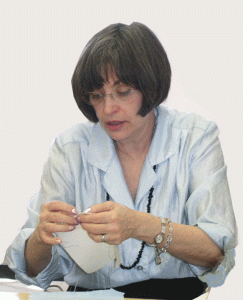

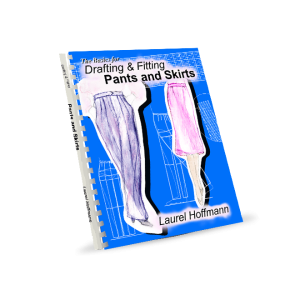
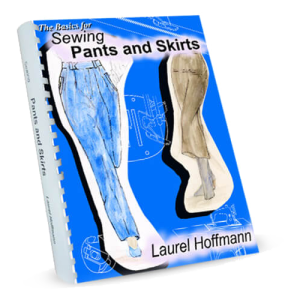
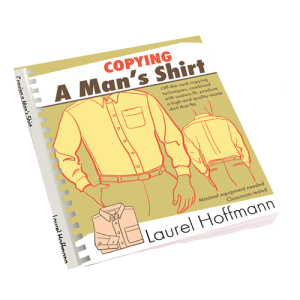


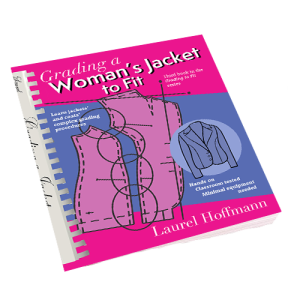
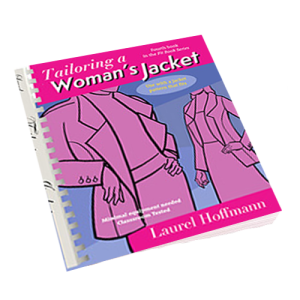
3 Comments. Leave new
Great information. You really helped to understand my colors and what will look good on me and that has made a big difference in my wardrobe color choices. You are so right when you say that having a defined color scheme that compliments one’s own coloring makes it so much easier to design and sew a wardrobe that works together.
Your insight to makeup also has helped me to find makeup that works for my coloring too.
You are a cut above. I love your book “Sewing Techniques From the Fashion Industry”. I highly recommend it.
It’s fun to think of spring. Your post is a great motivation to get me started looking at the season change. Thanks so much. Jnetti.
You’re welcome, Jeannette.Thanks for responding. Will be posting more. Combining one’s best colors with one’s best wardrobing style really works.
Carole Jackson, in her book, “Color Me Beautiful,” presents the best and easiest to understand styling helps I have ever found.
Color is the most important aspect of one’s clothing. Get nothing else right and one still looks great. I was fortunate to be able to sit in on many Color Me Beautiful color analysis. The rule was that if one recommended a friend one could then come with the friend when the friend was color analysed. I made a lot of friends. I would talk people into coming and then sit in with them. It was VERY exciting to see the difference color made.